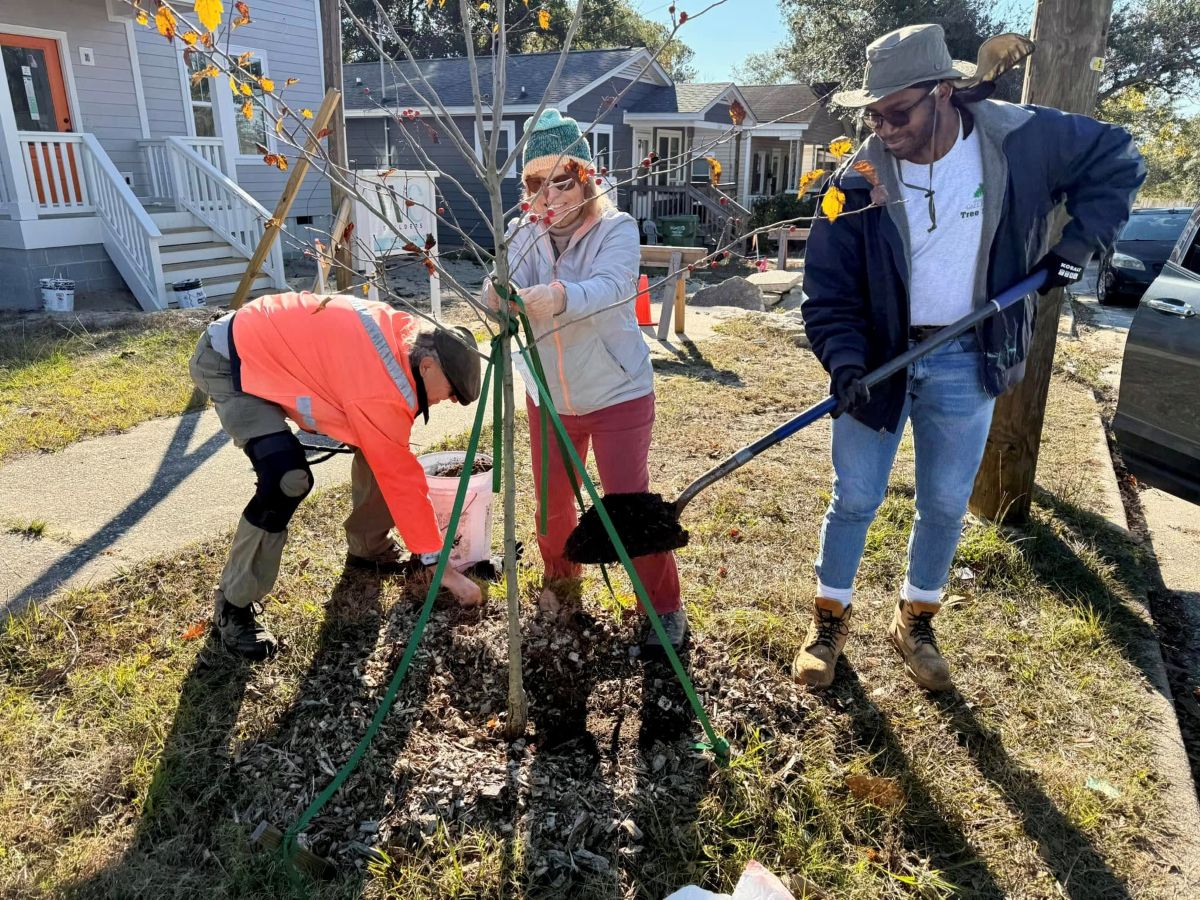
A new project at University of North Carolina Wilmington has been installed to reduce polluted stormwater runoff from entering city waterways.
The North Carolina Coastal Federation partnered with engineering firm Coastal Stormwater Services Inc., Flora Landscapes, UNCW and Wilmington’s Heal Our Waterways program to design and build a rain garden, a shallow depression with native plants, on campus to absorb rain before it can become polluted runoff, the federation announced Wednesday.
Supporter Spotlight
“Rain gardens, like the one on UNCW’s campus, are a great way to utilize the land to reduce runoff and create an attractive landscape feature,” said Lauren Kolodij, deputy director with the federation.
The rain garden installed on Suite Services Loop will reduce polluted runoff on campus by about 1 million gallons annually, according to the federation.
“UNCW is the largest land owner in the Bradley Creek watershed. We are pleased to have this rain garden and other stormwater reduction projects on campus to not only reduce runoff but to be able to showcase these techniques as a learning tool,” said Kat Pohlman, UNCW’s chief sustainability officer.
Bradley Creek, which drains an area of 7.2 square miles, including most of the UNCW campus, neighbors Hewletts Creek, which drains an area of 11.6 square miles, both into the Intracoastal Waterway. Wilmington along with the federation, Withers & Ravenel Engineers, Wrightsville Beach and UNCW Center for Marine Science, began in 2007 on a long-term Bradley And Hewletts Creeks Watershed Restoration Plan. This project is part of the restoration plan.
“It was wonderful to see community members come together to help improve water quality in Bradley Creek and its tributaries. We’re excited to see their hard work grow into a successful rain garden,” said Anna Reh-Gingerich, interim watershed coordinator with the City of Wilmington Heal Our Waterways Program.
Supporter Spotlight
In addition to reducing the amount of runoff being generated from the UNCW campus, the rain garden will also serve as a community living classroom.
The North Carolina Division of Water Resources’ EPA Section 319 Water Quality Program provided funding for the garden.







